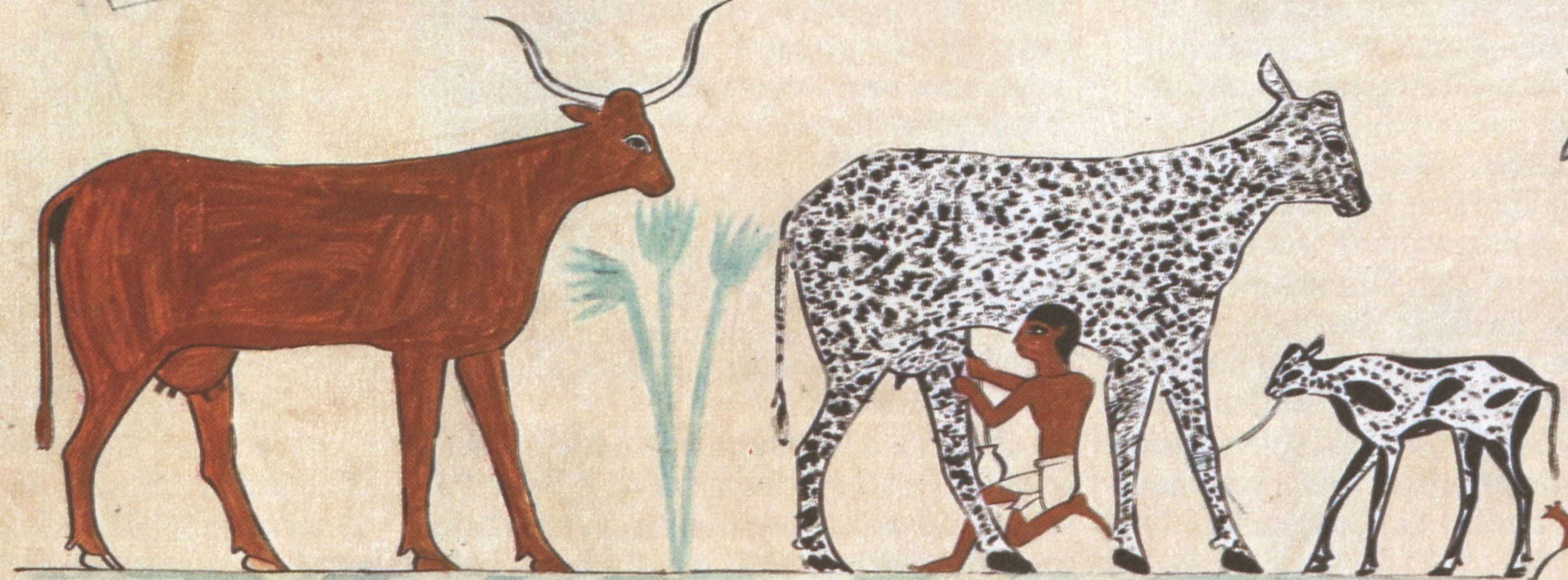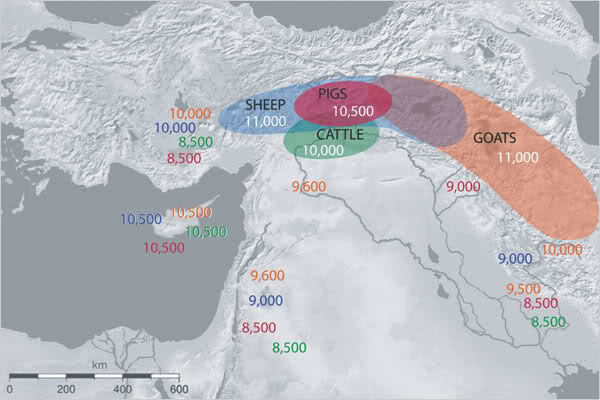OVERVIEW
This week you will begin your study of the history of human-ungulate interactions.
OBJECTIVES
- Describe domestication and range use by humans
- Review the history of domesticated ungulates in Alaska
- Discuss historical figures and events related to Alaskan ungulates
- Synthesize information from lecture and readings.
- Formulate responses to historical questions
- Discuss and evaluate the arguments of your peers
Estimated Time to Complete
| Instruction | 3 hrs |
| Assignments | 3 hrs |
| Collaboration | 2 hrs |
Week 1: Ungulate Domestication
lecTURE
Reading
North, Dick. Arctic Exodus: The last great trail drive. pp 1-59. New York: Lyons Press, 2005.
Assignments
COURSE PROJECT overview
Your final project is a major component of this course. You will research a historical figure, historic legislation, or interview someone related to Alaska’s domestic ungulate story. In the final week of this course, you will present your findings in a 10 – 15 minute presentation. Your project will take considerable planning and time to complete. It is advised that you begin thinking about a topic, and even gathering materials (research or interviews) as soon as possible. Further information about this project can be found on the course project page.
Discussion
By Midnight, Tuesday, write a brief (no more than 350 words) response to one of the following questions and post it to Week 1 Forums:
1. Support or refute the idea that domestication of ungulates was inevitable in human history.
2. Support or refute the idea that Native Alaskan peoples needed domestic livestock.
3. Support or refute the idea that Alaska is well suited to domestic livestock.
Use information from the readings and lecture to support your answers. Read and respond to at least two posts of your peers.



